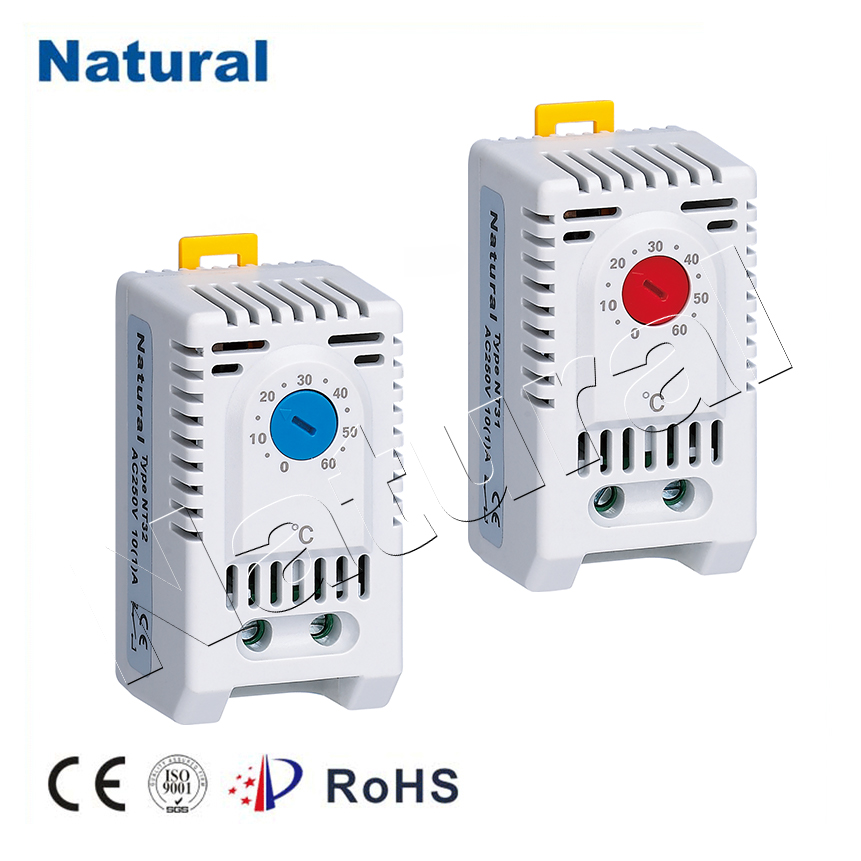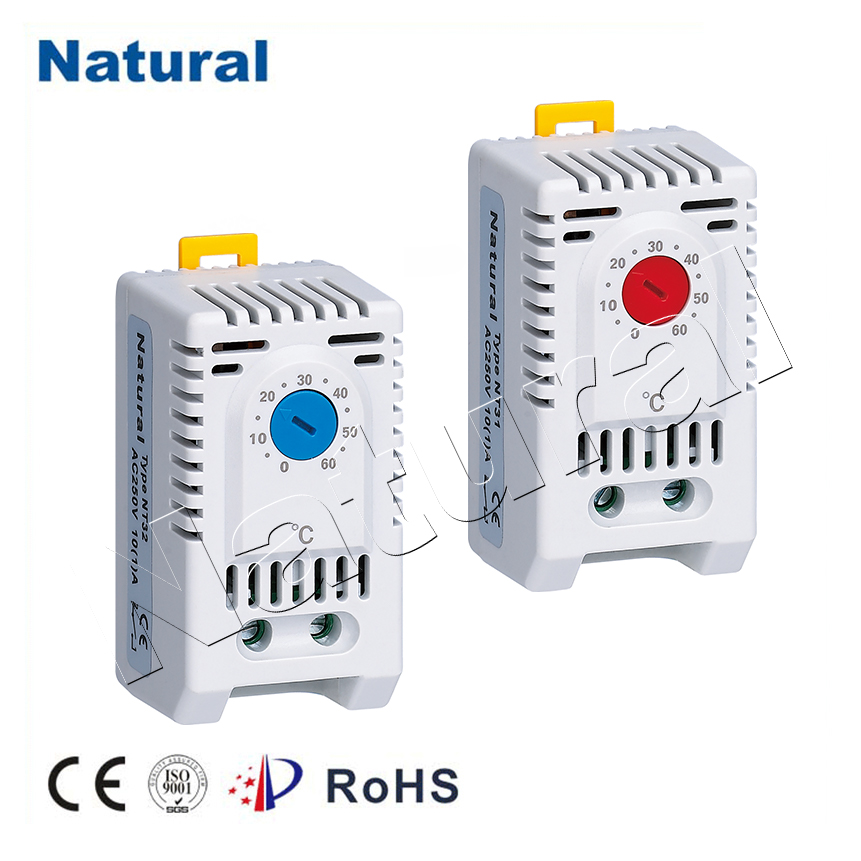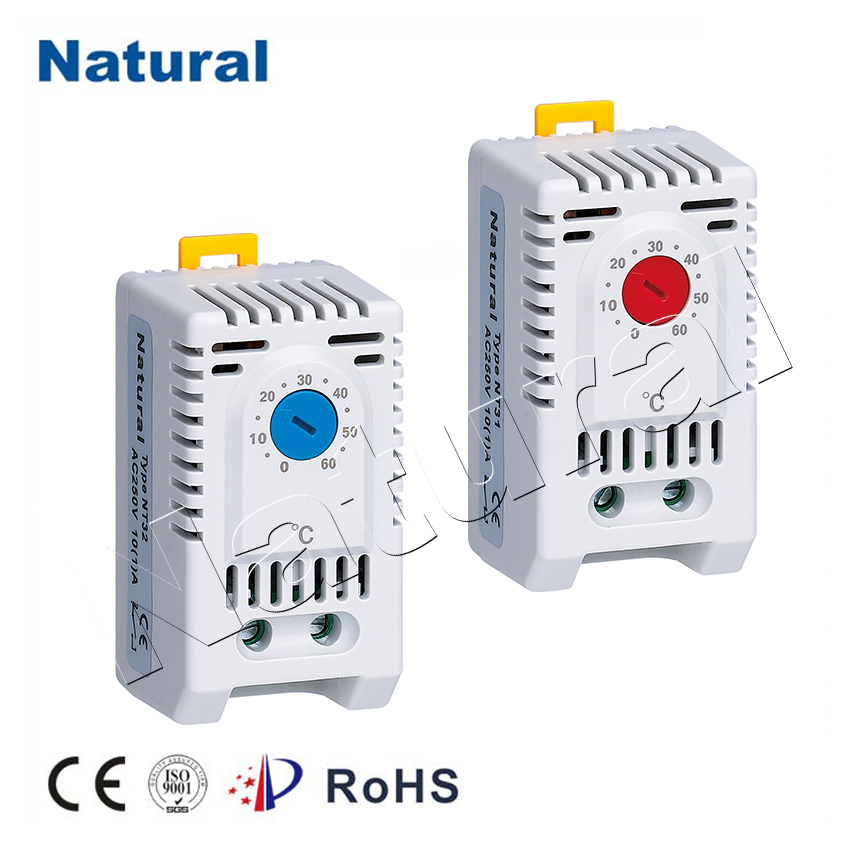Temperature control is a critical aspect of various industries, from manufacturing to food processing. Among the tools available for temperature management, Din Rail Temperature Controllers stand out for their efficiency and versatility. These compact devices are designed to be mounted on a standard DIN rail, providing an organized and space-efficient solution for temperature regulation. This article explores the features, benefits, and applications of Din Rail Temperature Controllers, shedding light on their importance in modern industrial processes.

What is a Din Rail Temperature Controller?

A Din Rail Temperature Controller is an electronic device designed to monitor and regulate temperature in a specific environment. These controllers can receive input from various temperature sensors, such as thermocouples or RTDs (Resistance Temperature Detectors), and then control the output to heating or cooling devices. By adjusting the temperature settings, these controllers ensure that processes remain within desired temperature ranges, enhancing efficiency and safety. Key Features
DIN Rail Mounting: The primary feature that distinguishes these controllers is their ability to be mounted on DIN rails, which are standard metal rails used for mounting electrical components. This mounting style provides a secure, organized, and space-saving solution in control panels.
